
Insights
Flags of the LGBTIQ Community
Region(s)
TOPIC(s)
Type
Commentary
Author(s)
Publish Date
October 3, 2022
Share
Flags have always been an integral part of the LGBTIQ+ movement. They are a visible representation meant to celebrate progress, advocate for representation, and amplify the demand and drive for collective action. There have been many LGBTIQ+ flags over the years. Some have evolved, while others are constantly being conceptualized and created.
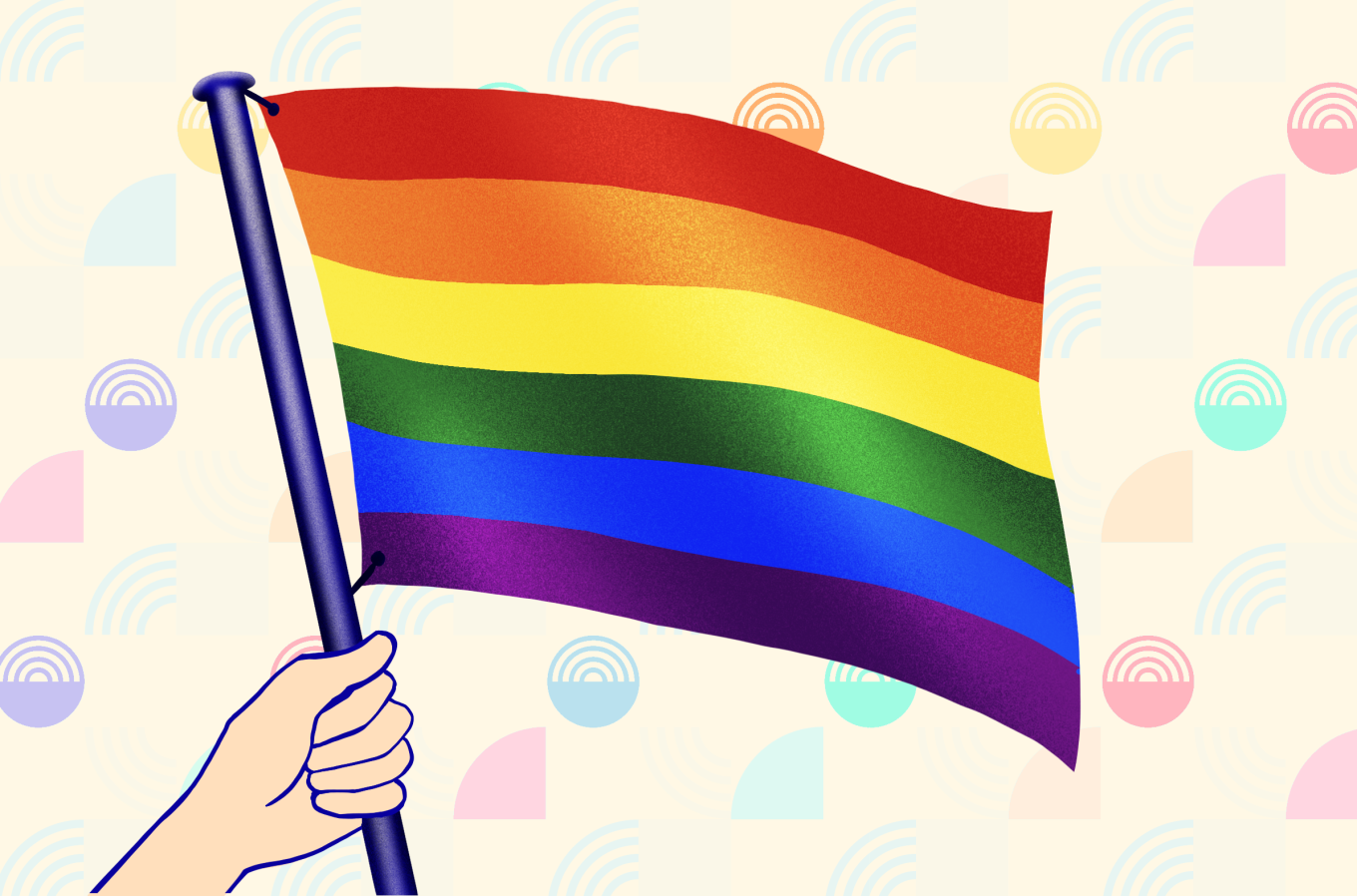
Rainbow Flag
Created in 1978 by Gilbert Baker, the iconic Pride Rainbow flag originally had eight stripes. The colors included pink to represent sexuality, red for healing, yellow for sun, green for serenity with nature, turquoise for art, indigo for harmony, and violet for spirit. In the years since, the flag now has six colors. It no longer has a pink stripe, and the turquoise and indigo stripes were replaced with royal blue.
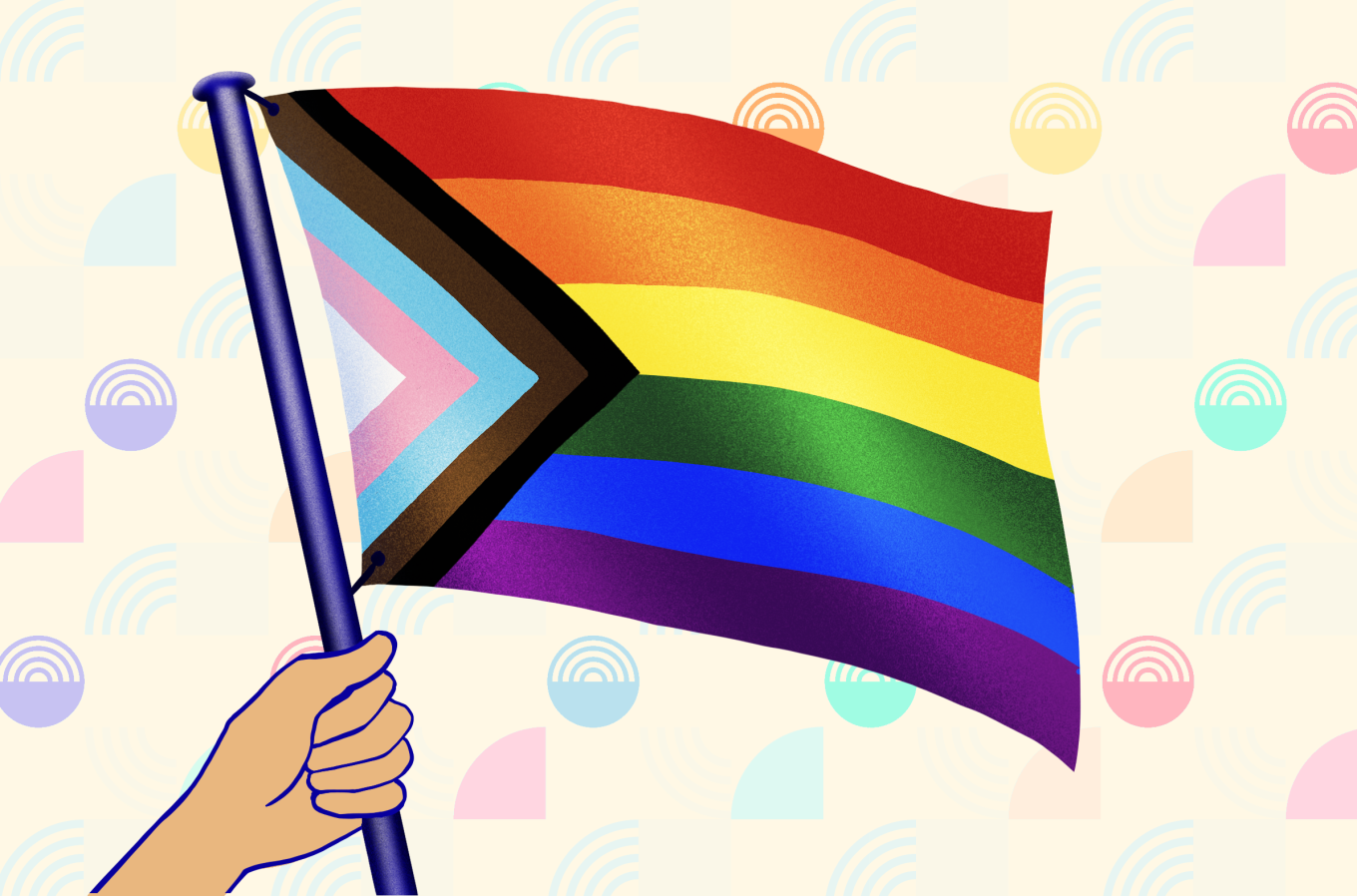
Progress Pride Flag
Created in 2018 by nonbinary artist Daniel Quasar, the Progress Pride flag is based on the iconic 1978 rainbow flag. With stripes of black and brown to represent marginalized LGBTIQ+ people of color and the triad of blue, pink, and white from the trans flag, the design represents diversity and inclusion.
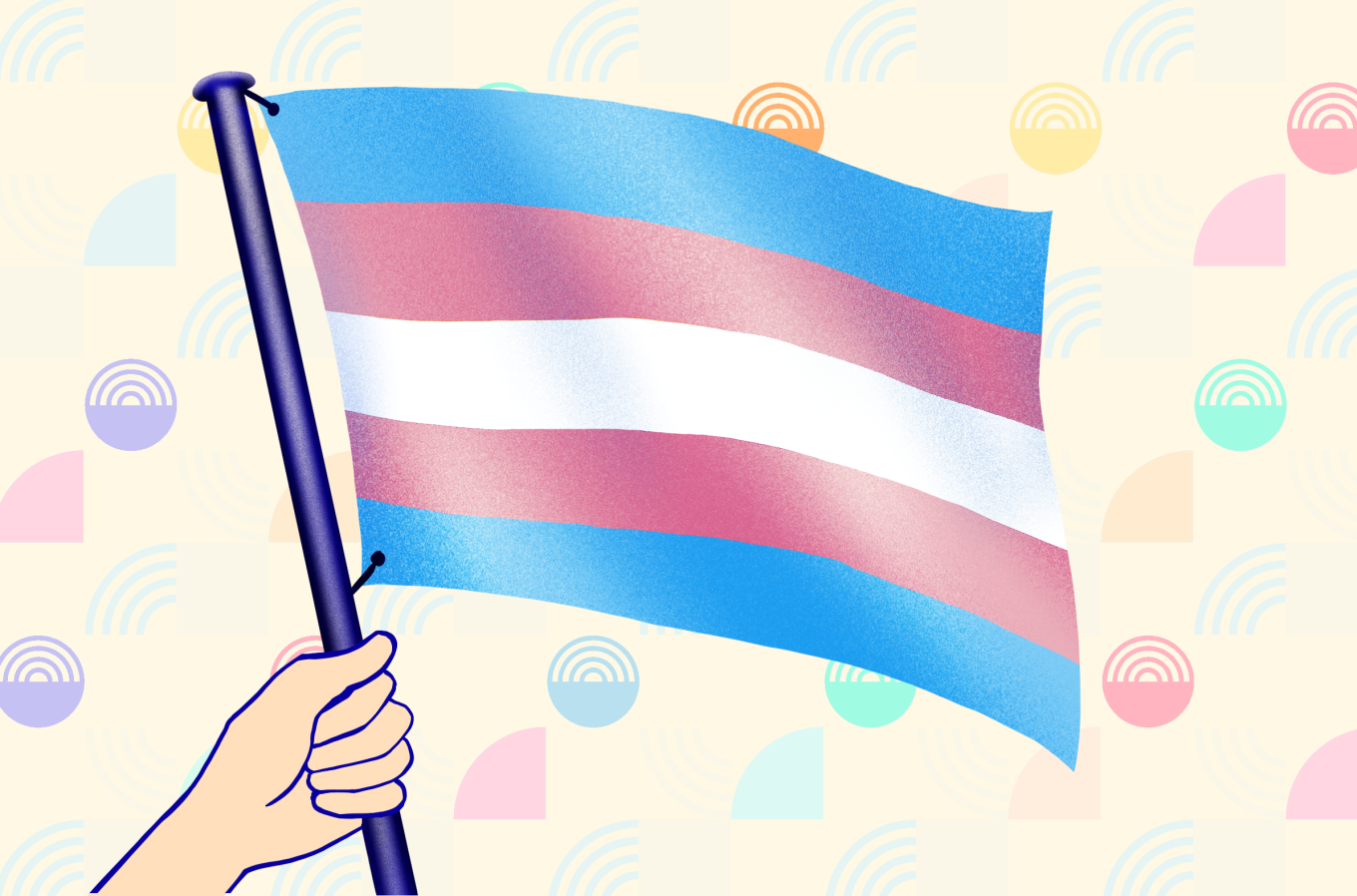
Trans Flag
Conceived by Monica Helms, an openly transgender American woman, the Trans flag debuted in 1999. The light blue and light pink symbolize the traditional colors for baby girls and baby boys, respectively. Meanwhile, the white hue represents movement members who identify as intersex, gender-neutral, or transitioning. According to Helms, the flag is symmetrical, so “no matter which way you fly it, it is always correct, signifying us finding correctness in our lives.”
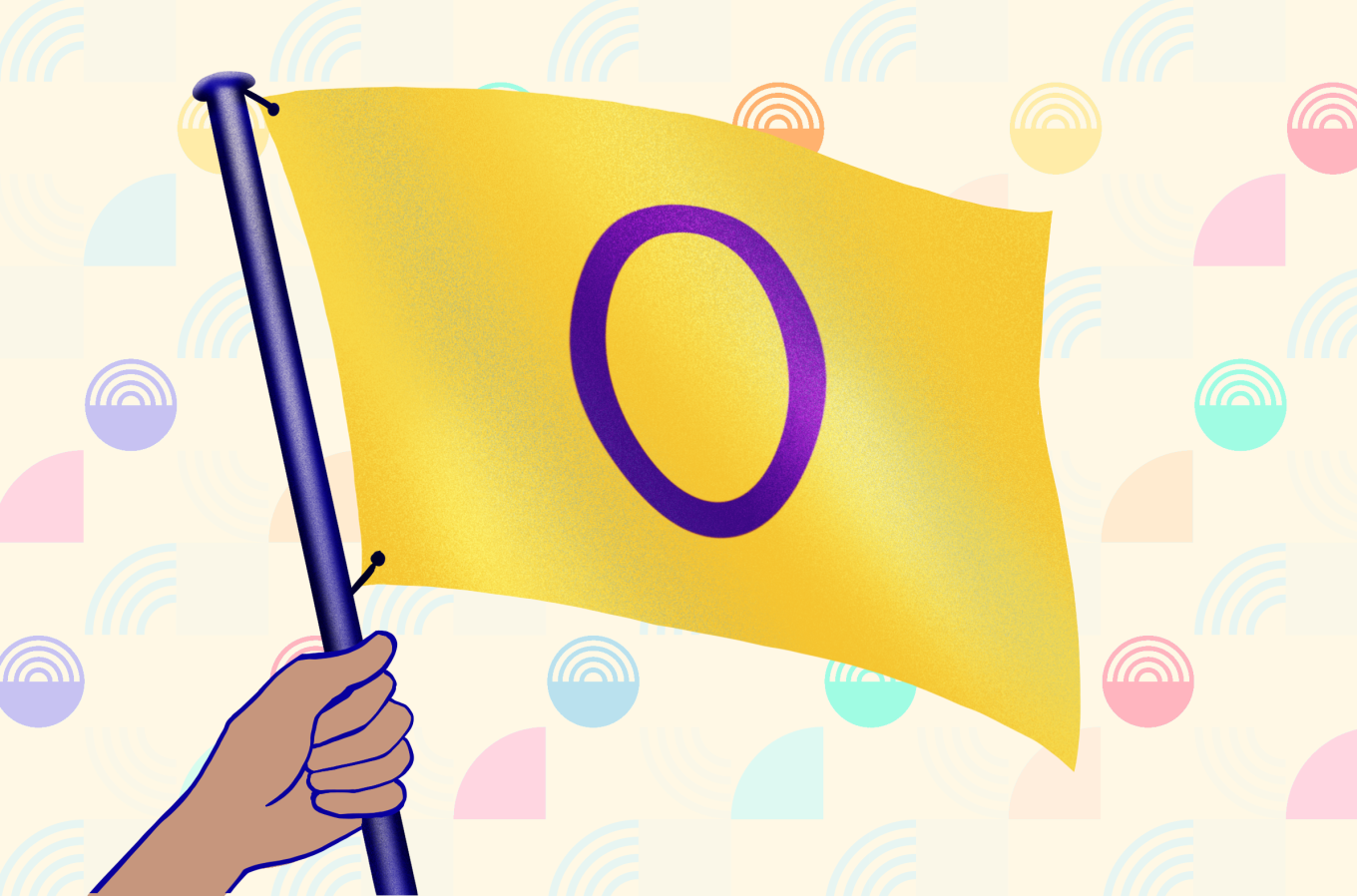
Intersex Flag
With a palette of yellow and purple, which are colors historically associated with intersex people, this flag was created in July 2013 by Morgan Carpenter. The flag’s colors and symbols “seek to completely avoid…anything to do with gender,” and the purple circle “symbolizes wholeness, completeness and our potentialities,” according to Carpenter.
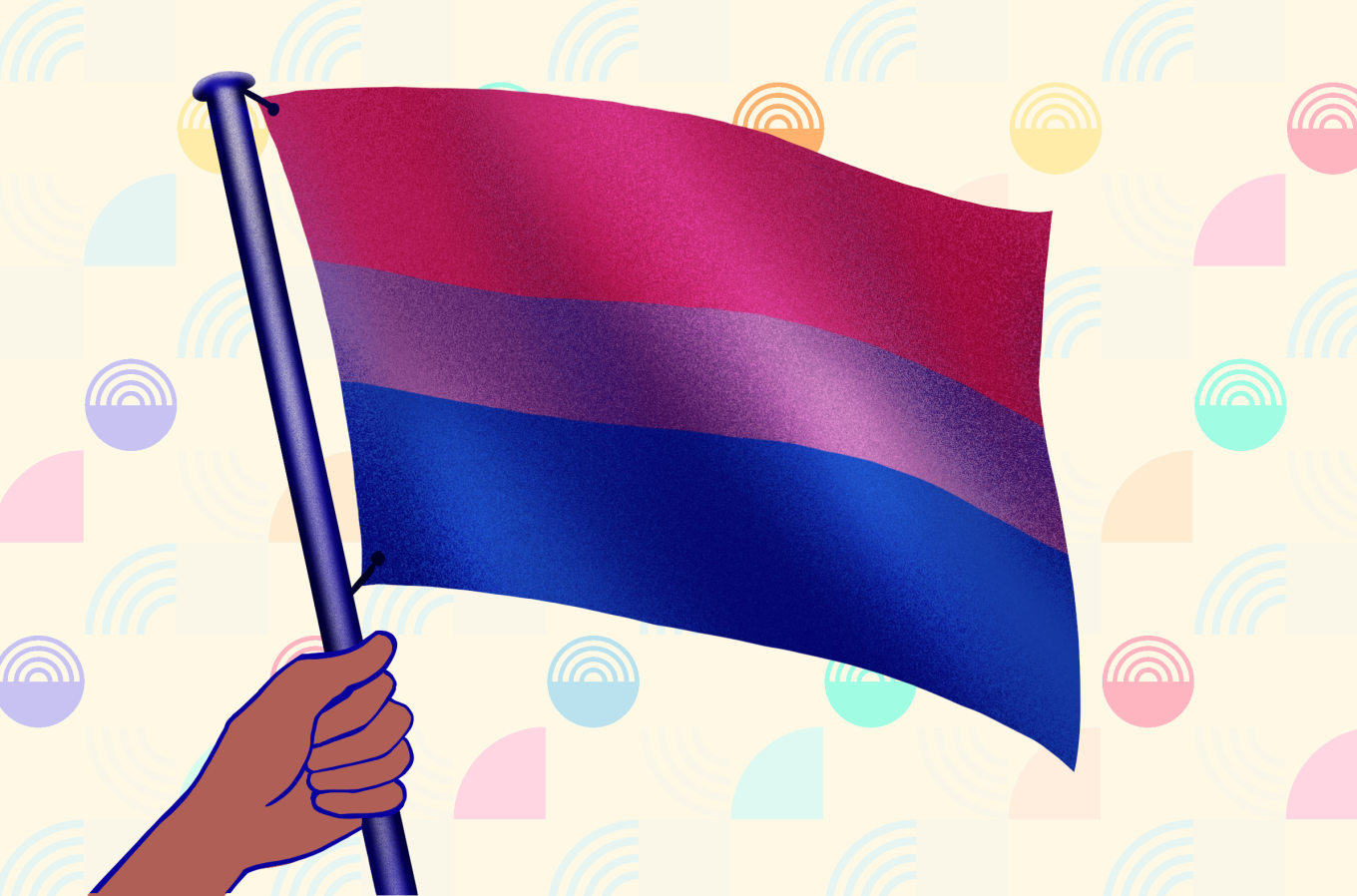
Bisexual Flag
Created in 1998 by Michael Page, the bisexual flag features pink and royal blue with an overlapping purple stripe in the center. The pink represents attraction toward the same sex, and the royal blue stands for attraction toward the opposite sex. The purple band symbolizes attraction to all genders.
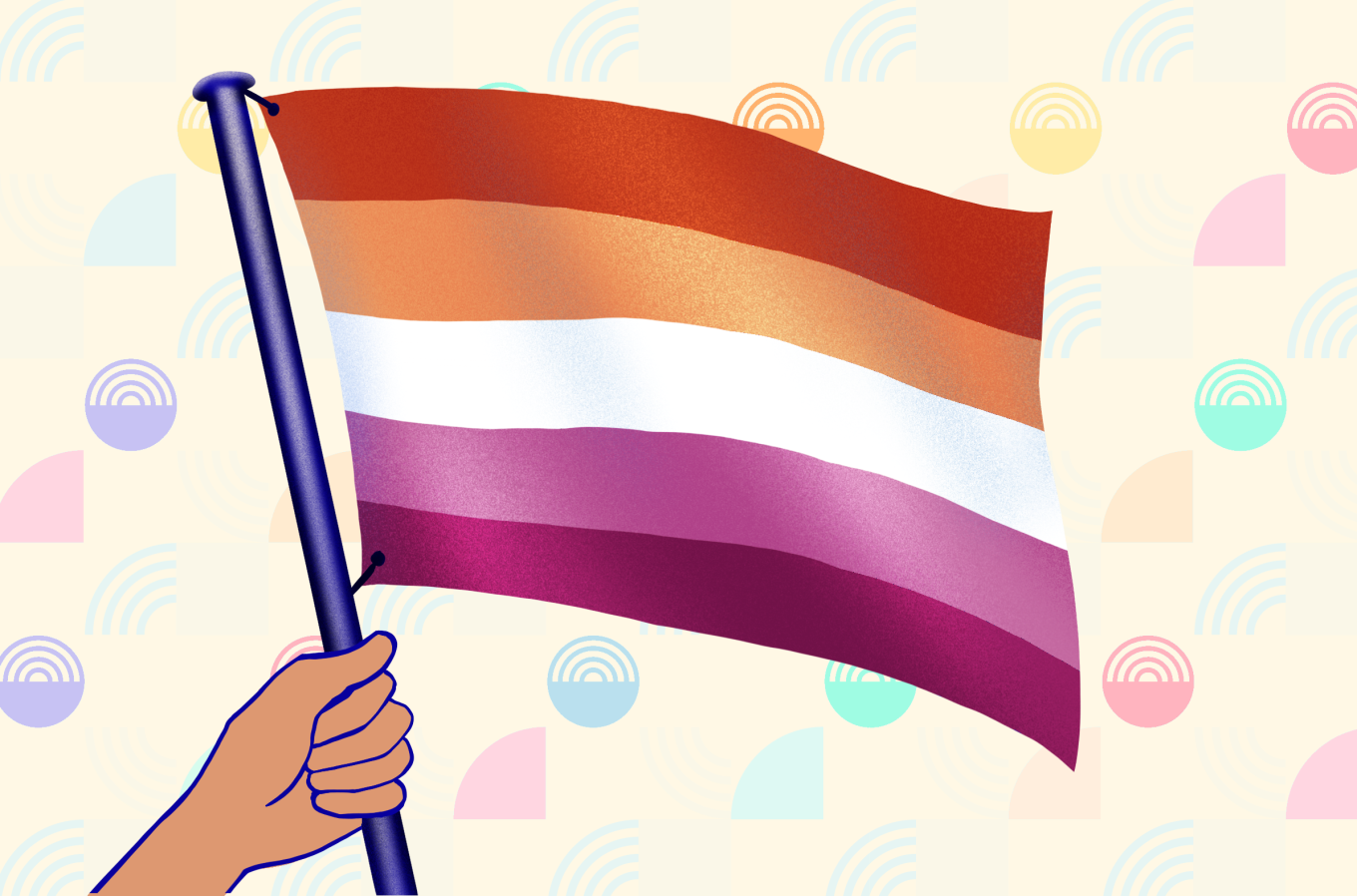
Lesbian Flag
The most commonly used Lesbian flag, the new lesbian flag(s), was created in 2018 by Tumblr blogger Emily Gwen. Two versions of this flag exist, one with seven stripes and the other more simplified version with five stripes. Dark orange signifies gender non-conformity, orange signifies independence, light orange signifies community, white signifies unique relationships to womanhood, pink signifies serenity and peace, dusty pink signifies love and sex, and dark rose signifies femininity.
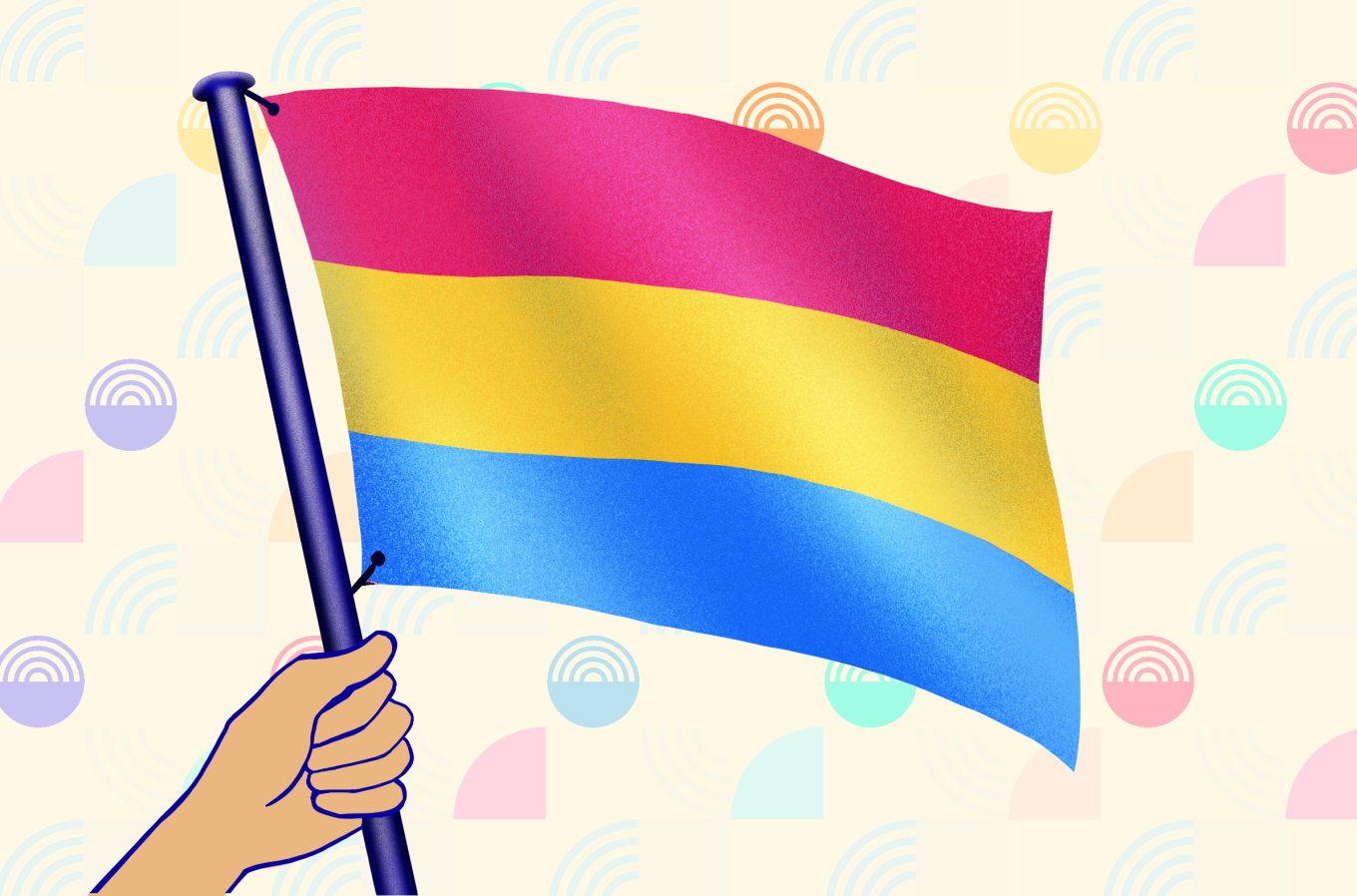
Pansexual Flag
Adopted in 2010, the pansexual flag has three horizontal stripes: pink, yellow, and cyan. Most definitions claim that pink and cyan represent attraction to females and males, respectively, while yellow signifies nonbinary attraction.
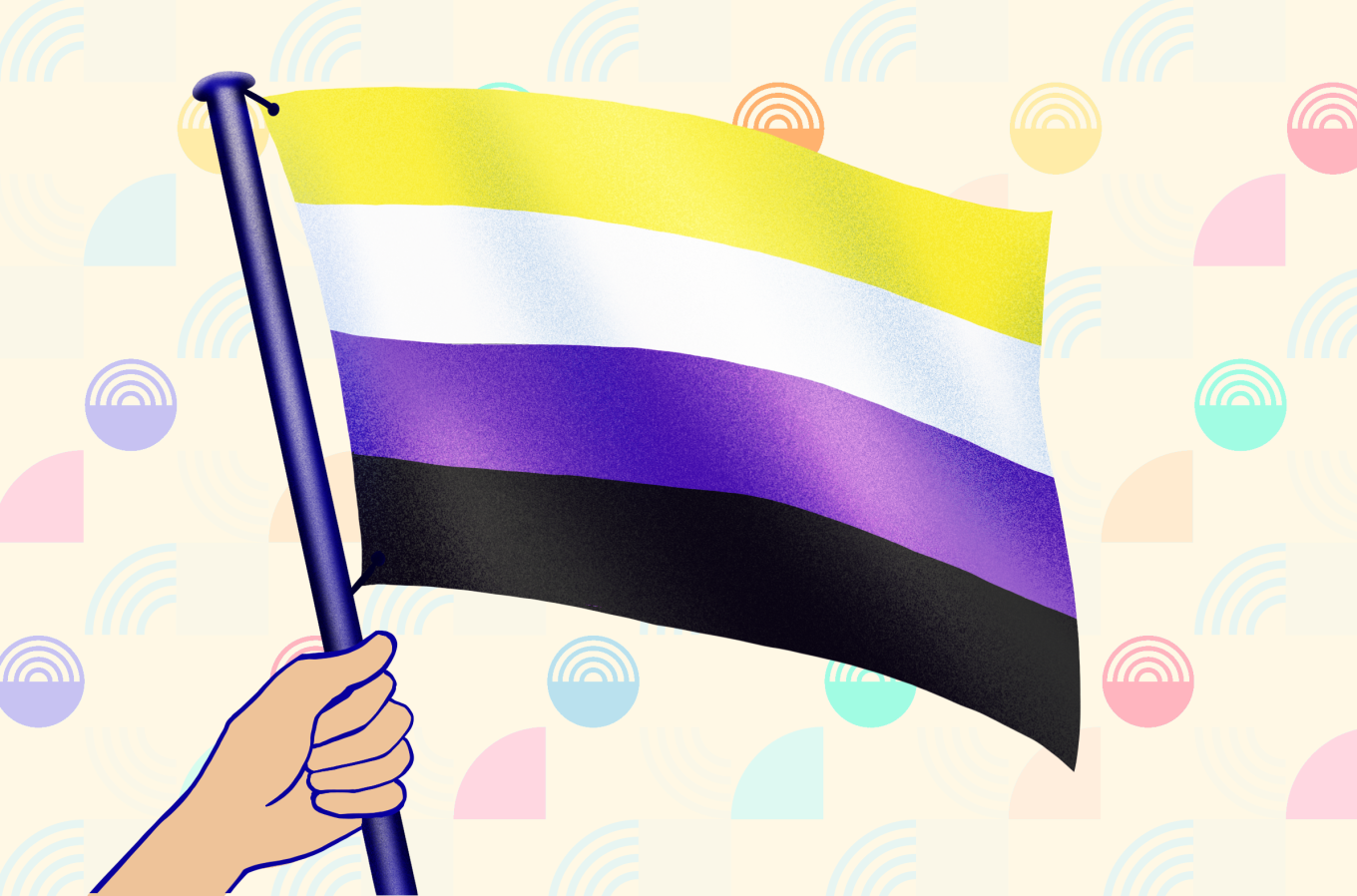
Nonbinary Flag
With a quartet of horizontal stripes of yellow, white, purple, and black, the nonbinary flag was conceptualized by Kye Rowan in 2014. The yellow stripe represents those whose genders do not exist within the binary. White and purple correspond to people identifying with all or many genders and those who may consider themselves a mix of female and male. Lastly, the black stripe accounts for those who identify as having no gender.
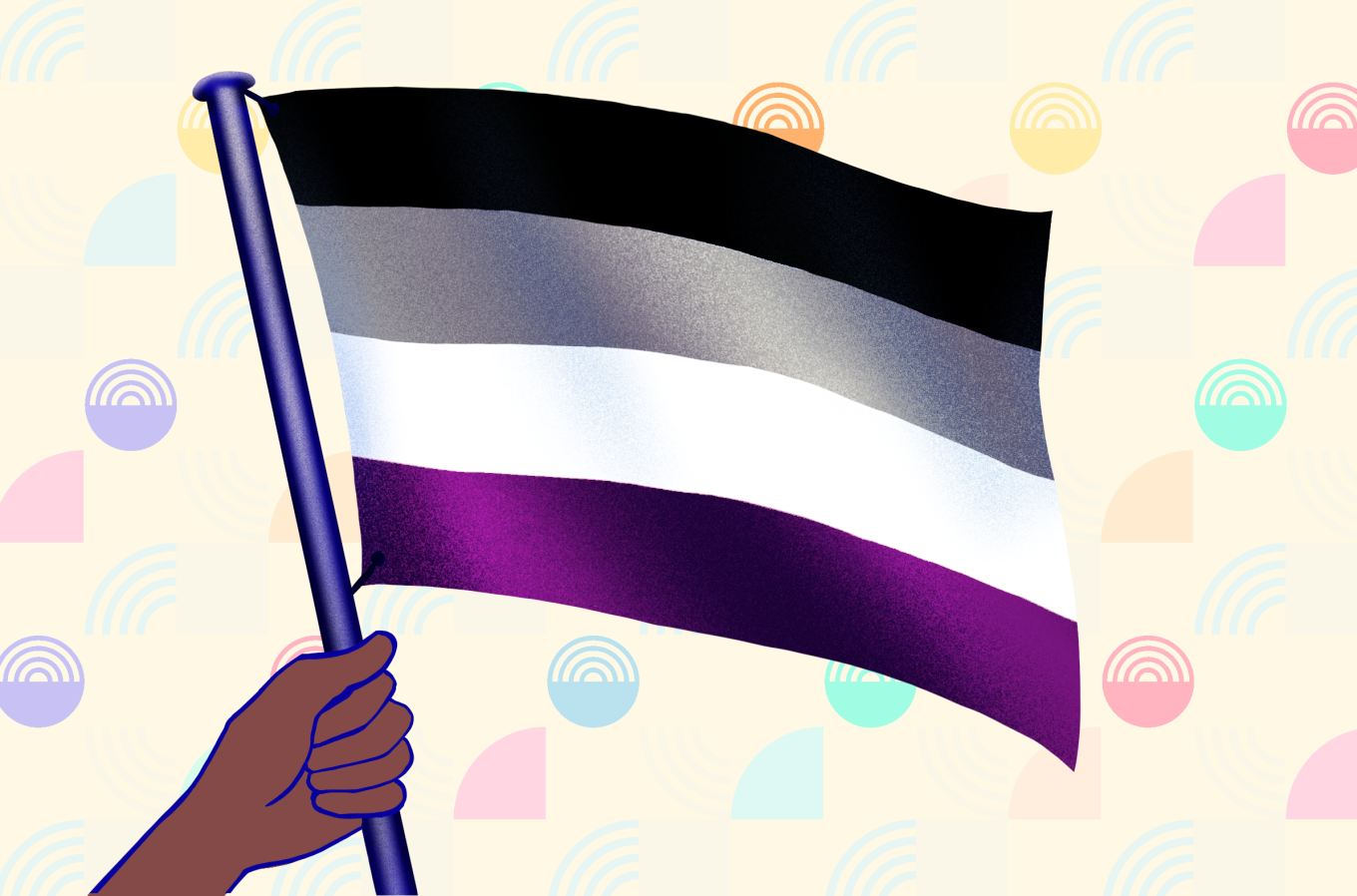
Asexual Flag
First officially used in August 2010, the asexual pride flag consists of four horizontal stripes: black, gray, white, and purple from top to bottom. Black represents asexuality, and gray signifies the gray area between sexuality and asexuality. The white stripe denotes non-asexual partners, and the purple stripe stands for community.
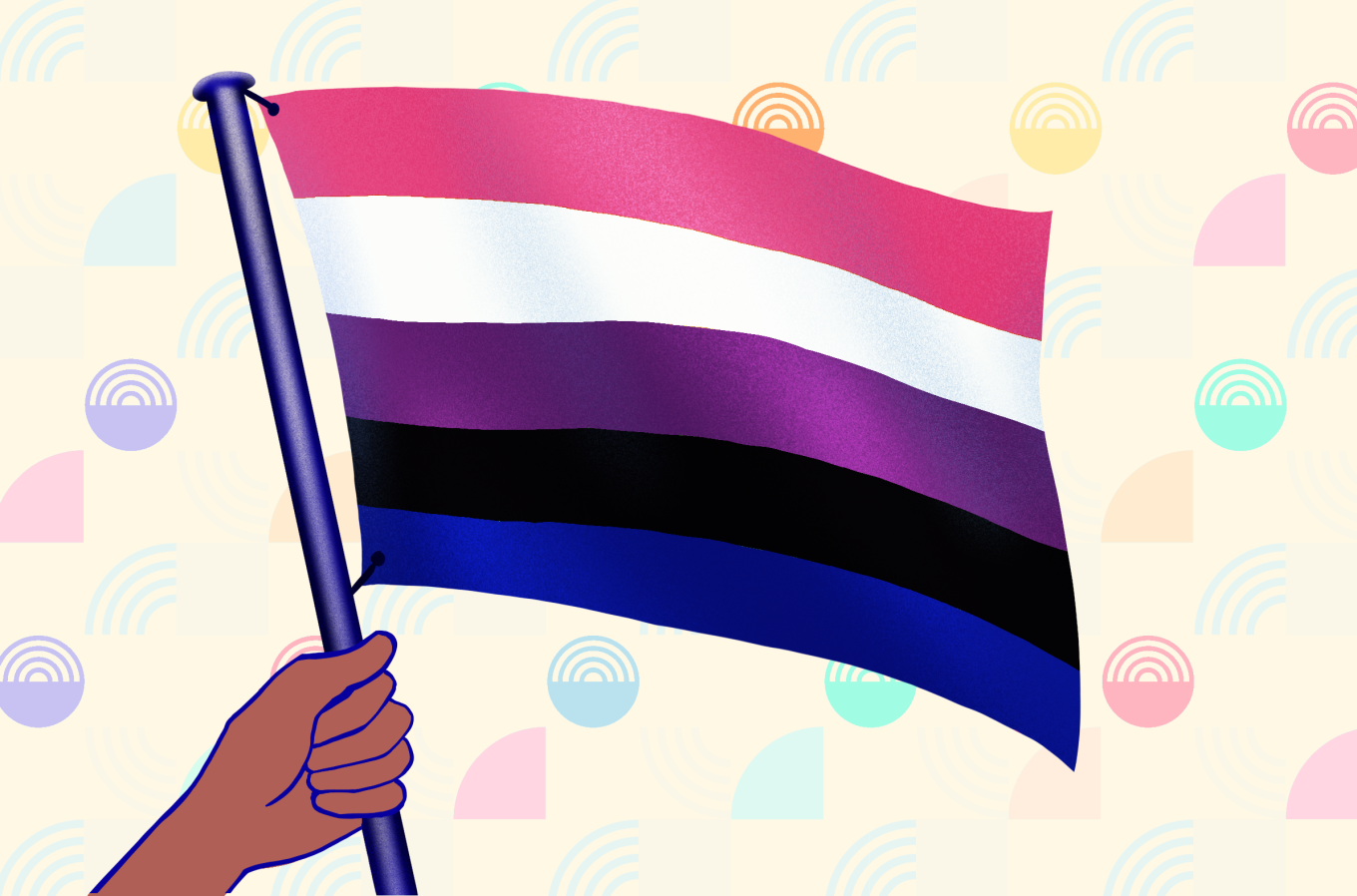
Genderfluid Flag
The genderfluid flag was created in 2012 by JJ Poole and features five stripes. In its array of colors, pink and blue represent femininity and masculinity, while purple is inclusive of both masculinity and femininity. Meanwhile, the black stripe stands for those who do not associate with any gender, while the white stripe includes all genders.
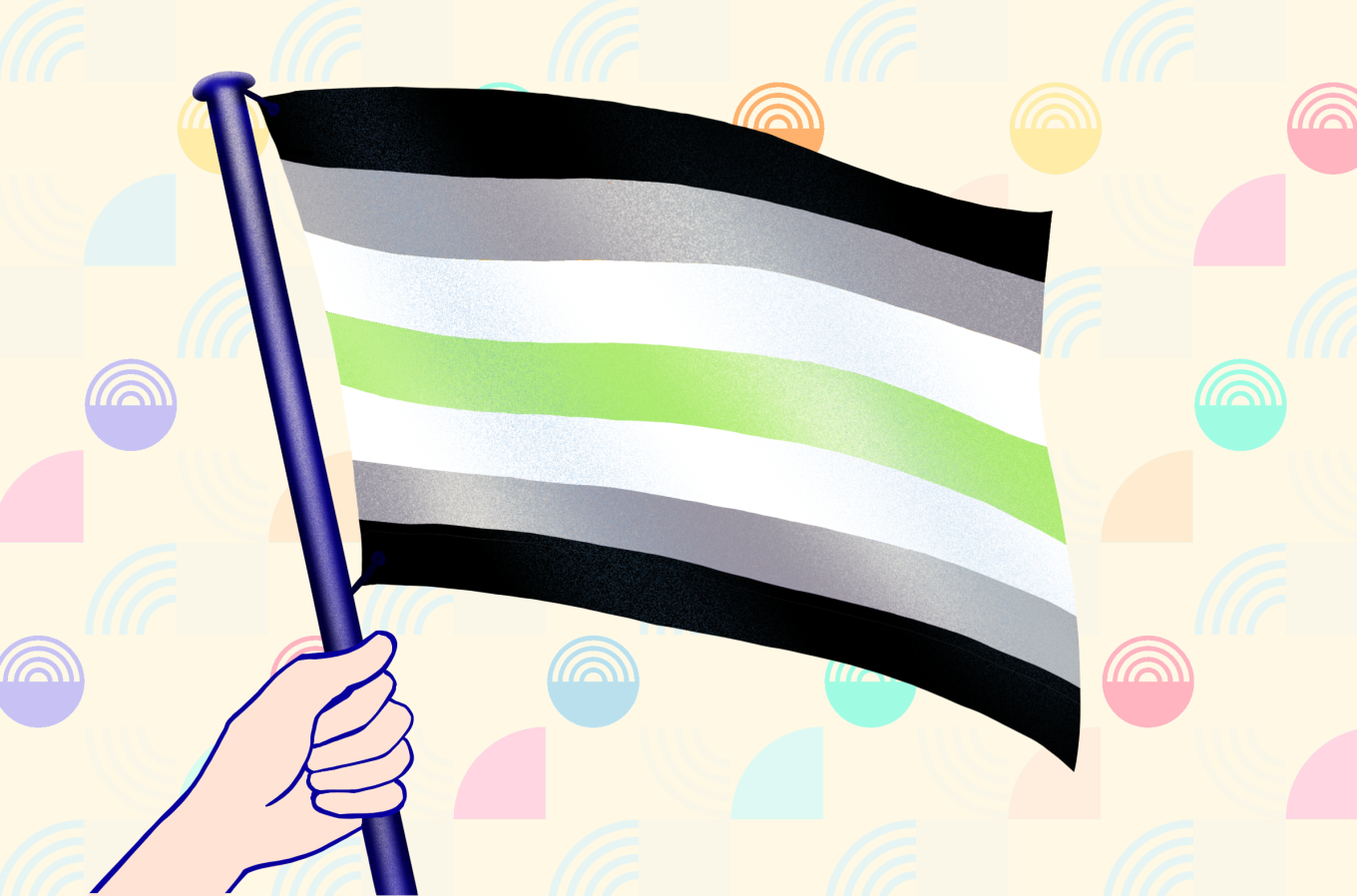
Agender Flag
Unveiled in 2014 and designed by Salem X, the agender flag features a mirrored design of seven horizontal stripes. The black and white stripes represent an absence of gender, the gray stripe represents semi-genderlessness, and the central green stripe represents nonbinary genders.
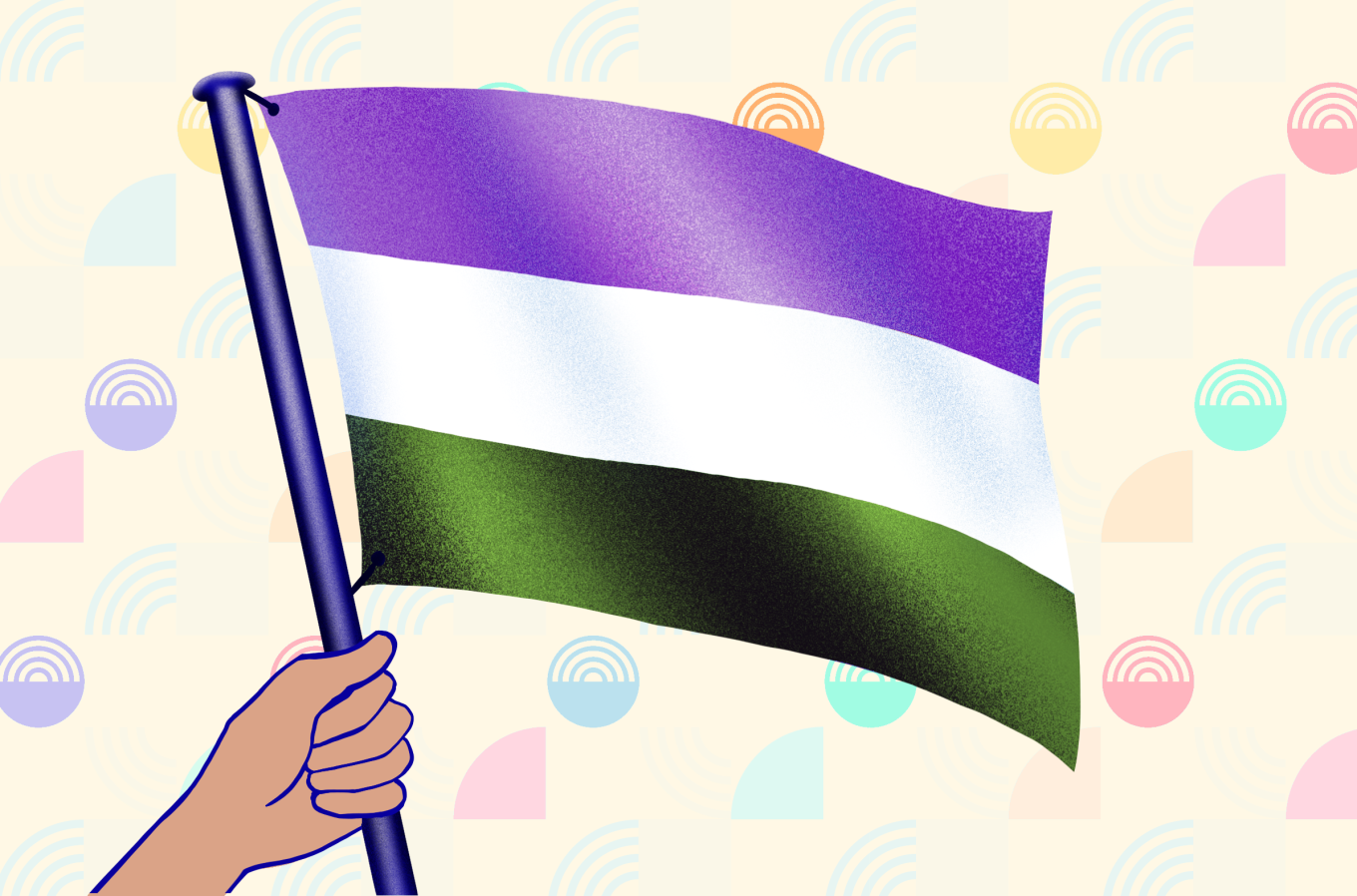
Genderqueer Flag
Designed in 2011 by Marilyn Roxie, a genderqueer writer and advocate, the genderqueer flag features lavender, white and chartreuse stripes. According to Roxie, the lavender stripe is a mix of blue and pink—colors traditionally associated with male and female—and represents androgyny as well as queer identities. The white stripe represents agender and/or gender-neutral identities. The chartreuse stripe is the inverse of lavender on the color wheel and represents third-gender identities and identities outside the gender binary.
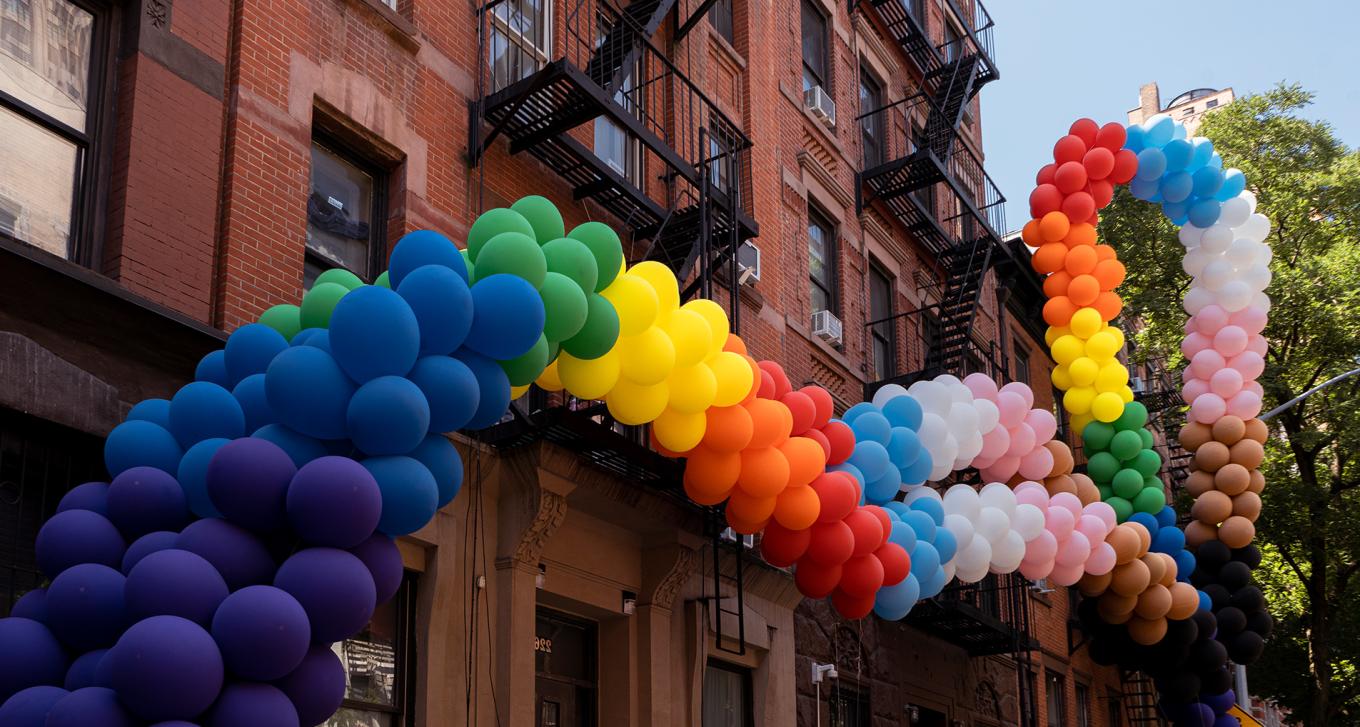
Take Action
When you support our research, you support a growing global movement and celebrate LGBTIQ lives everywhere.
Donate Now